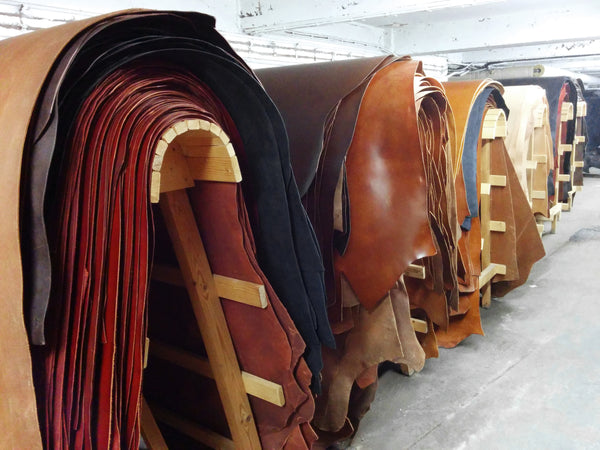What is genuine leather? A complete guide

Your order will be dispatched by .
Ordering products with different ship dates? Please separate orders to ensure each item ships when it's ready.
Contents

Not all leather is created equal — and it's full-grain leather that comes out on top.
Continue reading...
Italian leather is widely regarded as the best leather around. Find out why by reading our detailed guide to Italian leather.
Continue reading...
Take a deep-dive into the world of vegetable leather, as we hone in on its physical properties and sustainability credentials.
Continue reading...We use cookies to provide and improve our services. By using our site, you consent to cookies. Learn more. ×